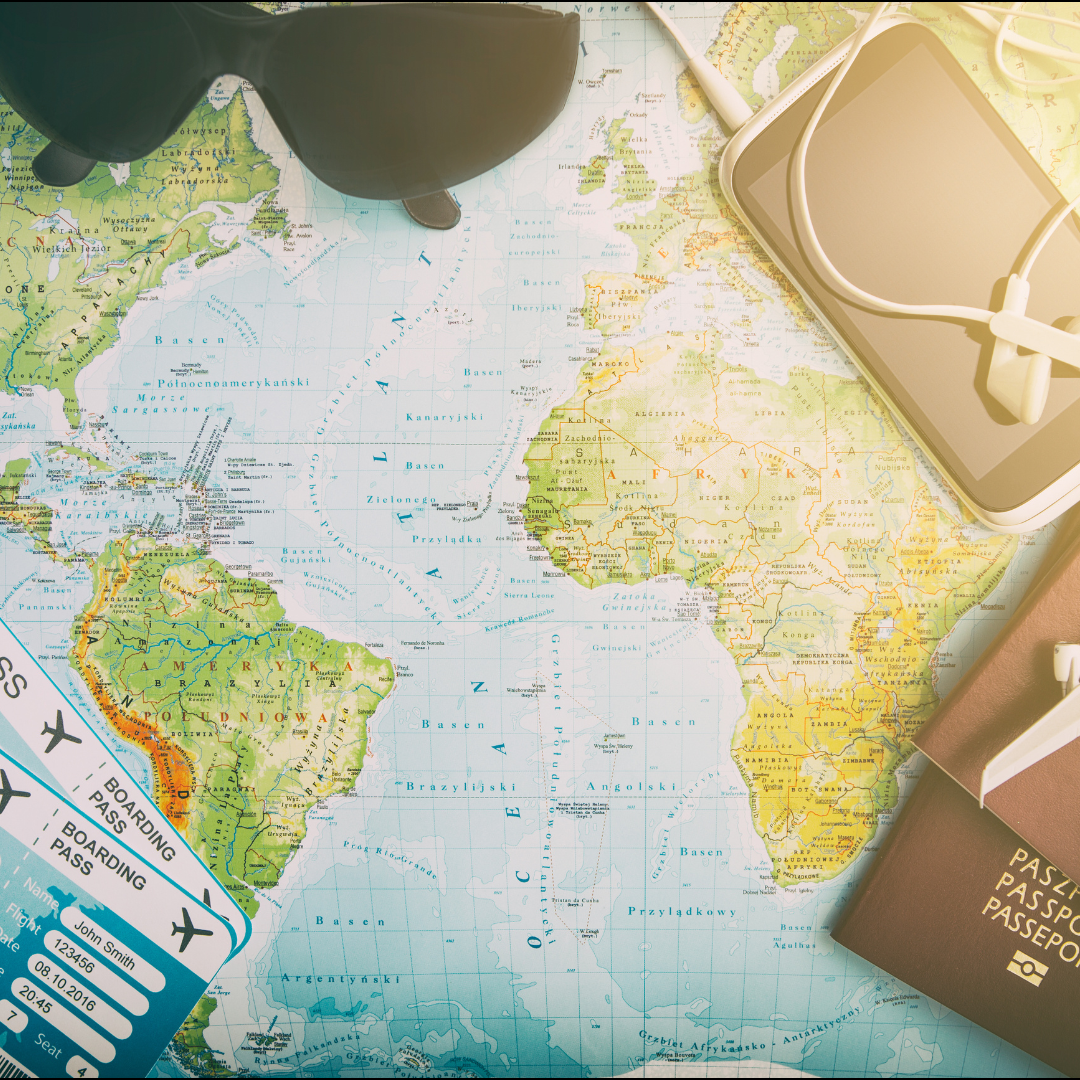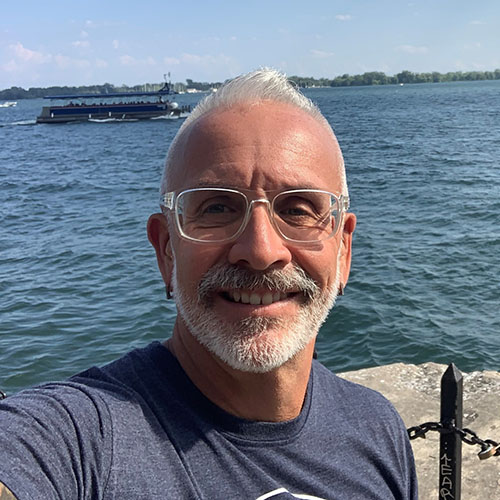
As we have entered a “post-pandemic” world, the travel industry is experiencing a significant resurgence. With eased travel restrictions, destination organizations are poised to capitalize on pent-up demand for exploration and relaxation. Here’s how these organizations can adapt their communication strategies for the remainder of 2024 and beyond:
As we have entered a “post-pandemic” world, the travel industry is experiencing a significant resurgence. With eased travel restrictions, destination organizations are poised to capitalize on pent-up demand for exploration and relaxation. Here’s how these organizations can adapt their communication strategies for the remainder of 2024 and beyond:

Embrace the Travel Renaissance
With the world opening once again, travelers are eager to embark on new adventures and indulge in luxurious getaways. Tap into this renewed enthusiasm by showcasing your destination as the antidote to cabin fever and the gateway to unforgettable experiences. Highlight unique attractions, local culture, and hidden gems to entice travelers.
Highlight Safety and Comfort
While excitement for travel is high, concerns about safety remain. Reassure potential travelers by emphasizing the measures your destination has taken to prioritize their well-being. From safety protocols to flexible booking policies, demonstrate your commitment to providing a safe and comfortable travel experience.
Cater to Changing Preferences
The pandemic has reshaped travel preferences, with an increased focus on smaller group outings, sustainable practices, and off-the-beaten-path destinations. Tailor your offerings to align with these evolving preferences, emphasizing intimate experiences, eco-friendly initiatives, and unique locations that allow travelers to reconnect with nature and culture.
Personalize the Experience
LS Direct Marketing recommends this strategy, and we can help you achieve this initiative. Recognize that one-size-fits-all messaging may no longer resonate with today’s travelers. Invest in data-driven personalization to deliver targeted communications that speak directly to the interests and preferences of individual customers. Whether it’s crafting customized itineraries or offering personalized recommendations, demonstrate that you understand and value each traveler’s unique needs.
Harness the Power of Technology
Leverage technology to enhance the travel experience and engage customers in new ways. From virtual tours and immersive experiences to real-time updates on travel regulations and protocols, use digital innovations to create excitement and convenience for travelers.
Promote Multigenerational Travel
As families seek to reconnect and create lasting memories, promote multigenerational travel experiences that cater to diverse interests and age groups. Highlight opportunities for quality time spent together, whether it’s exploring exotic destinations, participating in outdoor activities, or simply enjoying each other’s company in a unique dining setting.

Stay Agile and Adaptive
Recognize that the travel and destination landscape is constantly evolving and be prepared to adapt your strategies accordingly. Stay informed about emerging trends, shifts in consumer behavior, and evolving travel regulations, and be ready to pivot your messaging and offerings as needed to stay relevant in a rapidly changing environment.
Promote Social Inclusivity
Ensuring social inclusivity in destination travel is essential for fostering a positive and enriching experience for all visitors. Strategies to achieve this include:
- Inclusive Marketing and Communication: Showcase diversity by featuring travelers of different ages, backgrounds, and abilities.
- Foster Cultural Immersion: Provide authentic experiences that encourage visitors to engage with local culture, traditions, and heritage. Educate travelers about cultural norms and etiquette to promote respectful behavior towards local customs and beliefs.
- Diverse Representation and Inclusion: Reflect different backgrounds, cultures, and perspectives by employing a diverse workforce. Train staff to appreciate and understand the various cultural norms and customs of your travelers, thus creating a welcoming environment for your guests.
By embracing these strategies and staying attuned to the needs and preferences of today’s travelers, destination organizations can position themselves for success. As DMO’s continue within this extended era of growth and opportunity, seize the moment to inspire, delight, and exceed the expectations of visitors seeking unforgettable experiences.


